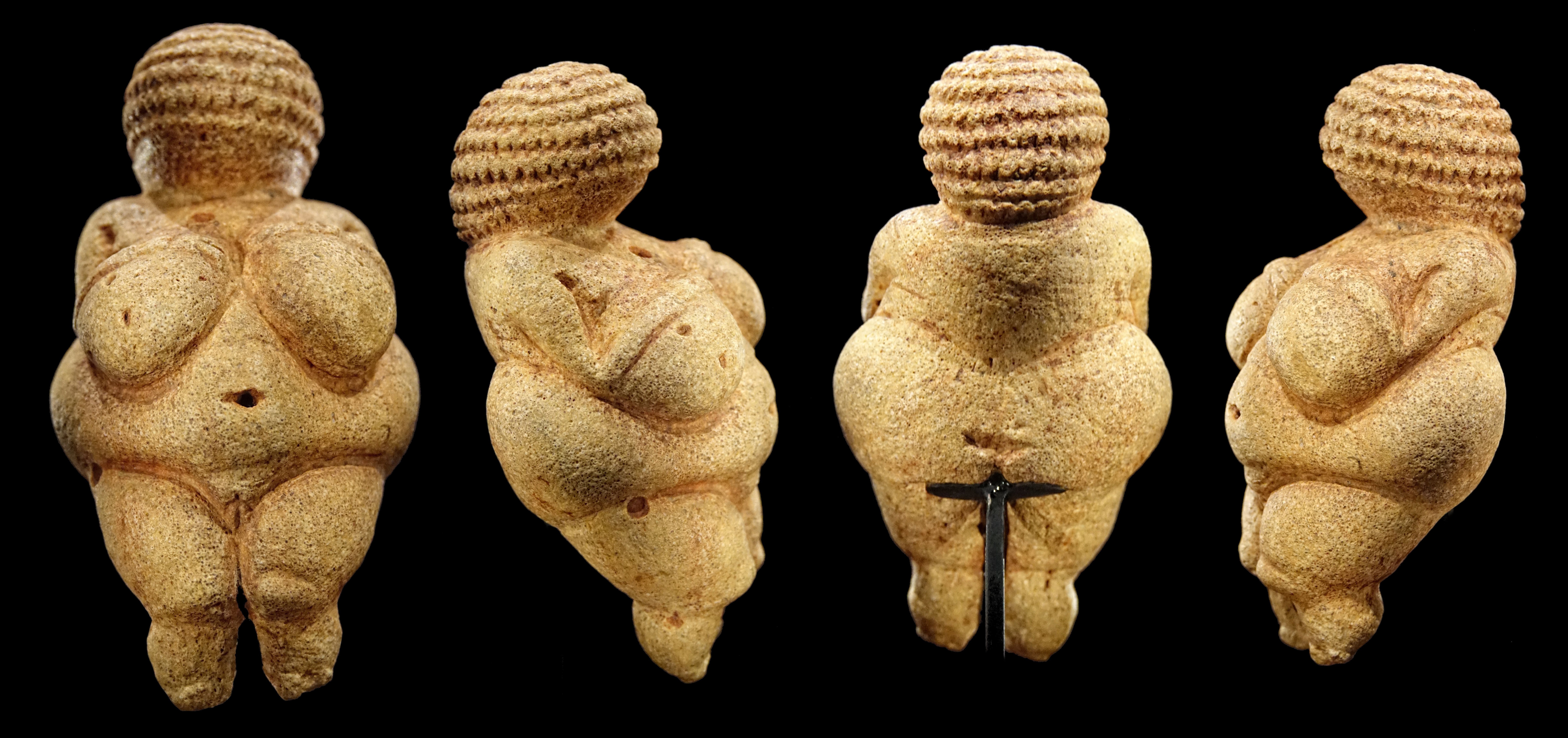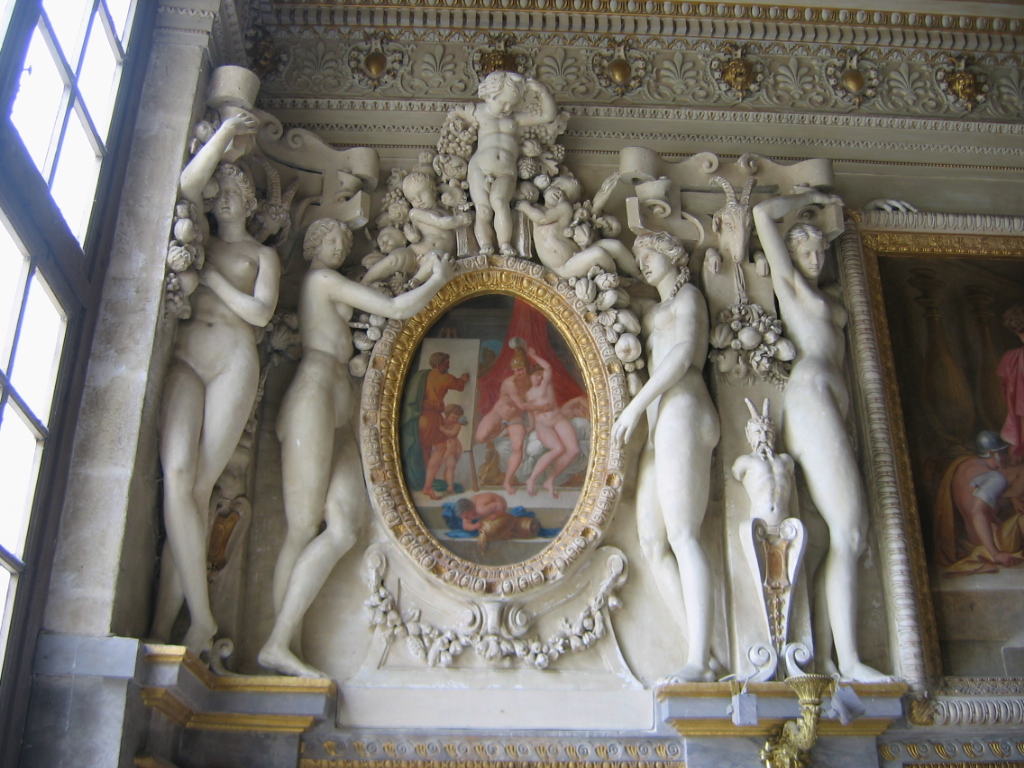|
Immortelle (cemetery)
An immortelle is a long-lasting flower arrangement placed on graves in cemeteries. They were originally made from natural dried flowers (which lasted longer than fresh flowers) or could be made from artificial materials such as china and painted plaster of paris or beads strung on wire arrangements. Unless made of a highly durable material (e.g. china), they would often be enclosed in a glass container (known as globes) to protect them from the weather. In some cases, they were embedded into the grave itself (e.g. on the concrete over the grave) while others were merely placed on or by the grave. In '' Life on the Mississippi'', Mark Twain comments on burial practices in New Orleans: ''"They bury their dead in vaults, above the ground. ... Fresh flowers, in vases of water, are to be seen at the portals of many of the vaults: placed there by the pious hands of bereaved parents and children, husbands and wives, and renewed daily. A milder form of sorrow finds its inexpensive and las ... [...More Info...] [...Related Items...] OR: [Wikipedia] [Google] [Baidu] |
Ceramic Immortelle, Mt Beppo Apostolic Cemetery, 2005
A ceramic is any of the various hard, brittle, heat-resistant and corrosion-resistant materials made by shaping and then firing an inorganic, nonmetallic material, such as clay, at a high temperature. Common examples are earthenware, porcelain, and brick. The earliest ceramics made by humans were pottery objects (''pots,'' ''vessels or vases'') or figurines made from clay, either by itself or mixed with other materials like silica, hardened and sintered in fire. Later, ceramics were glazed and fired to create smooth, colored surfaces, decreasing porosity through the use of glassy, amorphous ceramic coatings on top of the crystalline ceramic substrates. Ceramics now include domestic, industrial and building products, as well as a wide range of materials developed for use in advanced ceramic engineering, such as in semiconductors. The word "''ceramic''" comes from the Greek word (), "of pottery" or "for pottery", from (), "potter's clay, tile, pottery". The earliest known men ... [...More Info...] [...Related Items...] OR: [Wikipedia] [Google] [Baidu] |
Plaster Of Paris
Plaster is a building material used for the protective or decorative coating of walls and ceilings and for moulding and casting decorative elements. In English, "plaster" usually means a material used for the interiors of buildings, while "render" commonly refers to external applications. Another imprecise term used for the material is stucco, which is also often used for plasterwork that is worked in some way to produce relief decoration, rather than flat surfaces. The most common types of plaster mainly contain either gypsum, lime, or cement,Franz Wirsching "Calcium Sulfate" in Ullmann's Encyclopedia of Industrial Chemistry, 2012 Wiley-VCH, Weinheim. but all work in a similar way. The plaster is manufactured as a dry powder and is mixed with water to form a stiff but workable paste immediately before it is applied to the surface. The reaction with water liberates heat through crystallization and the hydrated plaster then hardens. Plaster can be relatively easily worked ... [...More Info...] [...Related Items...] OR: [Wikipedia] [Google] [Baidu] |
Mark Twain
Samuel Langhorne Clemens (November 30, 1835 – April 21, 1910), known by his pen name Mark Twain, was an American writer, humorist, entrepreneur, publisher, and lecturer. He was praised as the "greatest humorist the United States has produced", and William Faulkner called him "the father of American literature". His novels include '' The Adventures of Tom Sawyer'' (1876) and its sequel, '' Adventures of Huckleberry Finn'' (1884), the latter of which has often been called the " Great American Novel". Twain also wrote '' A Connecticut Yankee in King Arthur's Court'' (1889) and '' Pudd'nhead Wilson'' (1894), and co-wrote The Gilded Age: A Tale of Today (1873) with Charles Dudley Warner. Twain was raised in Hannibal, Missouri, which later provided the setting for ''Tom Sawyer'' and ''Huckleberry Finn''. He served an apprenticeship with a printer and then worked as a typesetter, contributing articles to the newspaper of his older brother Orion Clemens. He later became a ... [...More Info...] [...Related Items...] OR: [Wikipedia] [Google] [Baidu] |
New Orleans
New Orleans ( , ,New Orleans . ; french: La Nouvelle-Orléans , es, Nueva Orleans) is a consolidated city-parish located along the in the southeastern region of the U.S. state of Louisiana. With a population of 383,997 according to the 2020 U.S. census, [...More Info...] [...Related Items...] OR: [Wikipedia] [Google] [Baidu] |
Inglewood Advertiser
The ''Inglewood Advertiser'' was a newspaper published in Inglewood, Victoria, Australia. Digitisation The newspaper has been digitised by Trove Trove is an Australian online library database owned by the National Library of Australia in which it holds partnerships with source providers National and State Libraries Australia, an aggregator and service which includes full text document ... for the editions between 6 January 1914 to 31 December 1918. References External links * Defunct newspapers published in Victoria (state) {{Australia-newspaper-stub ... [...More Info...] [...Related Items...] OR: [Wikipedia] [Google] [Baidu] |
Maryborough Chronicle, Wide Bay And Burnett Advertiser
The ''Fraser Coast Chronicle'' is an online newspaper serving the Fraser Coast area in Queensland, Australia. It was started as the Maryborough Chronicle, Wide Bay and Burnett Advertiser. History Charles Hardie Buzacott first published the ''Maryborough Chronicle, Wide Bay and Burnett Advertiser'' in Maryborough as a four-page tabloid, in his slab hut in Lennox Street in November 1860. It sold for sixpence and was read from Gayndah in the west and Childers in the north to Gympie in the south. In 1863, Buzacott sold his interests to William Swain Roberts and Joseph Robinson, who set out to "reflect the community's wants and opinions while boldly and distinctly enunciating our own views". As the rough river town turned into a respectable city, its newspaper became a bi-weekly in 1864, a tri-weekly in 1868 and a daily in 1882. In 1867, Roberts became sole proprietor and managing editor. A Scot, Andrew Dunn from Toowoomba, joined the ''Chronicle'' in 1885, beginning a long ass ... [...More Info...] [...Related Items...] OR: [Wikipedia] [Google] [Baidu] |
Veneration Of The Dead
The veneration of the dead, including one's ancestors, is based on love and respect for the deceased. In some cultures, it is related to beliefs that the dead have a continued existence, and may possess the ability to influence the fortune of the living. Some groups venerate their direct, familial ancestors. Certain sects and religions, in particular the Eastern Orthodox Church and Roman Catholic Church, venerate saints as intercessors with God; the latter also believes in prayer for departed souls in Purgatory. Other religious groups, however, consider veneration of the dead to be idolatry and a sin. In European, Asian, Oceanian, African and Afro-diasporic cultures, the goal of ancestor veneration is to ensure the ancestors' continued well-being and positive disposition towards the living, and sometimes to ask for special favours or assistance. The social or non-religious function of ancestor veneration is to cultivate kinship values, such as filial piety, family lo ... [...More Info...] [...Related Items...] OR: [Wikipedia] [Google] [Baidu] |
Funerary Art
Funerary art is any work of art forming, or placed in, a repository for the remains of the dead. The term encompasses a wide variety of forms, including cenotaphs ("empty tombs"), tomb-like monuments which do not contain human remains, and communal memorials to the dead, such as war memorials, which may or may not contain remains, and a range of prehistoric megalithic constructs. Funerary art may serve many cultural functions. It can play a role in burial rites, serve as an article for use by the dead in the afterlife, and celebrate the life and accomplishments of the dead, whether as part of kinship-centred practices of ancestor veneration or as a publicly directed dynastic display. It can also function as a reminder of the mortality of humankind, as an expression of cultural values and roles, and help to propitiate the spirits of the dead, maintaining their benevolence and preventing their unwelcome intrusion into the lives of the living. The deposit of objects with an appar ... [...More Info...] [...Related Items...] OR: [Wikipedia] [Google] [Baidu] |




